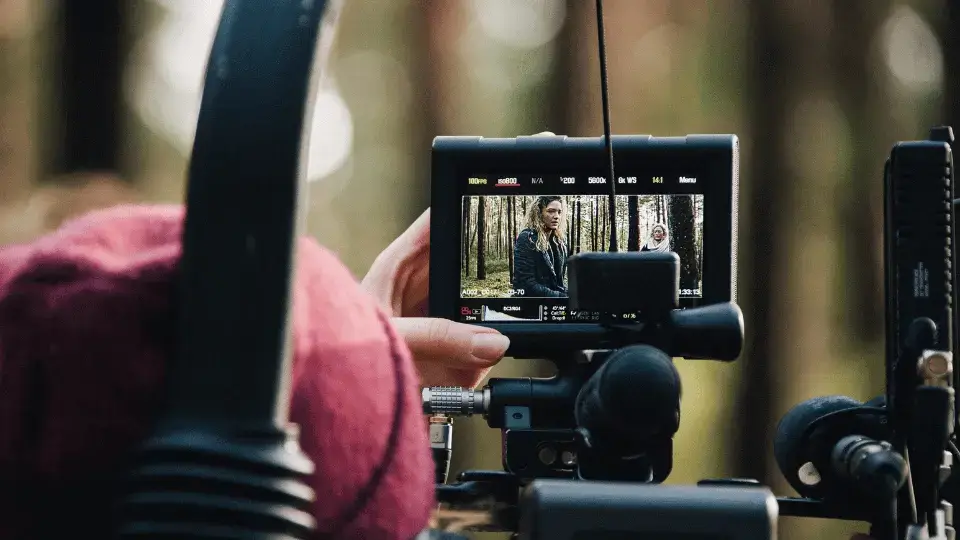Master the Art of Cinematic Storytelling for a Successful Creative Journey
Cinematic storytelling is a powerful tool that can help you create compelling stories that resonate with your audience. Whether you are a filmmaker, writer, or content creator, understanding the principles of cinematic storytelling can help you connect with your audience on a deeper level.
In this article, we will explore the fundamentals of cinematic storytelling and how you can use them to create engaging stories that captivate and inspire your audience.
What is Cinematic Storytelling?
Cinematic storytelling is the art of using visual and auditory elements to tell a story. It is a powerful tool that can help you create emotional connections with your audience and convey complex ideas in a simple and engaging way.
Cinematic storytelling is used in a variety of mediums, including film, television, advertising, and even social media. It involves the use of various techniques, such as camera angles, lighting, sound, and music, to create a specific mood or tone that supports the story being told.
The Fundamentals of Cinematic Storytelling
At its core, cinematic storytelling is about telling a story through visuals and sound. Here are some of the fundamental elements of cinematic storytelling that you should be aware of:
1. The Story
The story is the foundation of cinematic storytelling. It is the backbone of your film or video and should be the driving force behind every decision you make. Before you start filming, take the time to develop a compelling story that resonates with your audience.
2. Character Development
Characters are the heart and soul of your story. They are the ones that your audience will connect with and root for throughout your film or video. Take the time to develop your characters and give them depth and complexity.
3. Visuals
Visuals are a crucial element of cinematic storytelling. They help to convey the mood and tone of your story and can be used to create a specific atmosphere or emotion. Experiment with different camera angles, lighting, and framing techniques to create a unique visual style that supports your story.
4. Sound
Sound is another critical element of cinematic storytelling. It can be used to create tension, build suspense, or convey emotion. Experiment with different music and sound effects to create a soundscape that supports your story.
5. Editing
The editing process is where your story comes together. It is where you take all of your footage and turn it into a cohesive and engaging film or video. Experiment with different editing techniques to create a unique style that supports your story.
How to Master the Art of Cinematic Storytelling
Mastering the art of cinematic storytelling takes practice and dedication. Here are some tips to help you improve your skills and create compelling stories:
1. Study the Masters
One of the best ways to learn about cinematic storytelling is to study the masters. Watch films and videos from some of the most talented filmmakers and content creators in the industry and analyze how they use visuals and sound to tell a story.
2. Practice, Practice, Practice
Like any skill, cinematic storytelling takes practice. Take every opportunity you can to create films or videos and experiment with different techniques and styles. The more you practice, the better you will become.
3. Collaborate with Others
Collaborating with other filmmakers and content creators can be a great way to learn new techniques and get feedback on your work. Find a community of like-minded individuals and work together to create compelling stories.
4. Take a Course
If you are serious about mastering the art of cinematic storytelling, consider taking a course. The [NYU Film and TV Industry Essentials](https://www.yellowbrick.co/film) online course and certificate program is a great option for those looking to learn about the industry and improve their skills.
Key Takeaways
Cinematic storytelling is a powerful tool that can help you create compelling stories that resonate with your audience. By understanding the fundamentals of cinematic storytelling and practicing your skills, you can create engaging films and videos that captivate and inspire your audience.
Remember to:
- Develop a compelling story that resonates with your audience.
- Create complex and relatable characters.
- Experiment with different visual and auditory techniques to create a unique style that supports your story.
- Collaborate with other filmmakers and content creators to learn new techniques and get feedback on your work.
- Consider taking the NYU Film and TV Industry Essentials online course and certificate program to improve your skills and learn more about the industry.
In conclusion, mastering the art of cinematic storytelling takes time and dedication, but it is a skill that can help you create compelling stories that resonate with your audience. By understanding the fundamentals of cinematic storytelling and practicing your skills, you can take your creative journey to the next level.








